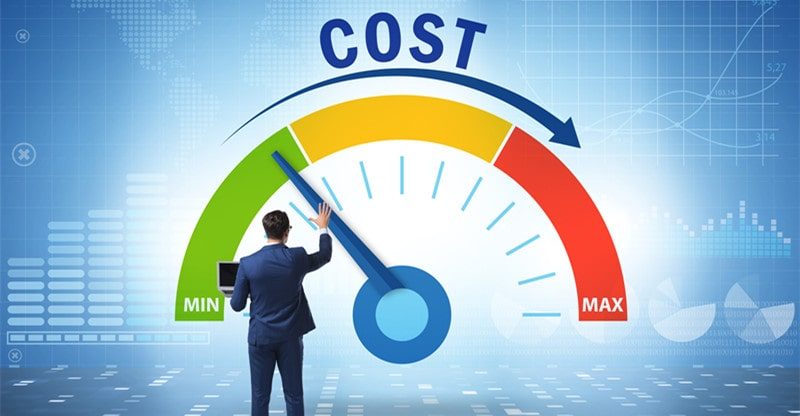Price Optimization: Finding the Sweet Spot with Software
Pricing goods or services can often feel like stumbling around in the dark, with businesses sometimes relying on guesswork or following their competitors. However, price optimization software has emerged as a powerful tool to navigate this complex process. In this article, we’ll explore the science-like art of price optimization and why it’s crucial for businesses.
Understanding Price Optimization
Price optimization is the meticulous process of determining the ideal price for a product or service. It factors in various elements such as production costs, competition, customer willingness to pay, and perceived value.
Considerations for Price Optimization
Price optimization is driven by three key considerations:
- Profitability: Prices must cover costs and generate profit.
- Competitiveness: Pricing should be competitive within the market.
- Value: Prices should align with customers’ perception of value.
Striking the right balance among these factors is essential for a successful pricing strategy.
Different Pricing Strategies
Effective pricing strategies involve setting initial prices, offering discounts, and promotions:
- Starting Price: This is the initial price determined by considering production costs, market research, and consumer insights.
- Discounted Price: Discounts attract customers or clear inventory.
- Promotional Price: Used for limited periods during specific events to create urgency or test new offerings.
Balancing these pricing components requires precision, as excessive discounts can devalue products, while avoiding discounts entirely leaves money on the table.
Common Pitfalls in Price Optimization
Price optimization strategies often fall short due to several common issues:
Outdated or Inaccurate Data: Relying on outdated or inaccurate data can result in pricing that is either too high or too low. To avoid this, ensure your data is current and accurate, drawing from sources like sales figures, market research reports, competitor intelligence, and industry publications. Market research firms, price optimization software, and statistical tools can help analyze data for trends and patterns.
Reliance on Guesswork or Hunches: Some business leaders trust their “gut feeling” when making decisions, but this approach is generally unreliable. Hunches are influenced by personal bias and can lead to poor outcomes. Making decisions based on data removes subjectivity and provides a neutral foundation for decision-making, free from personal biases.
Excessive Use of Discounts: Overusing discounts can undermine your price optimization efforts. When you offer too many markdowns, it can devalue your products or services and condition customers to expect discounts. This may drive them to competitors offering constant price reductions.
Additionally, excessive discounts can cannibalize regular sales, causing customers to pay less than they would be willing to for your products. Furthermore, it becomes challenging to increase prices in the future if customers have been trained to expect discounts regularly.
Failure to Price for Value: Ineffectively pricing your goods or services in relation to the value you provide to customers can lead to pricing failures. Consider the problems your product or service solves for customers and its impact on their lives. Striking the right balance between profitability and perceived value is crucial. Pricing too high can discourage customers, while pricing too low may not reflect the value you offer.
Understanding the value you deliver and aligning it with customer perceptions is key. It involves more than a simple cost-plus approach. For example, prescription eyeglasses, despite low production costs, can command high prices due to their life-changing impact. Even disruptors like Warby Parker, known for affordable eyewear, maintain relatively high prices due to the perceived value they provide.
Choosing the Right Price Optimization Software
When selecting price optimization software, consider factors such as:
- Business type and industry.
- Business size and software needs.
- Required features (e.g., demand forecasting, competitive analysis).
- Budget and cost.
- Accuracy, ease of use, implementation, and support.
Conclusion
Price optimization is a critical aspect of any business strategy. Accurate pricing decisions are vital for maintaining profitability, staying competitive, and meeting customer expectations.
While the process may seem complex, leveraging price optimization software can simplify it and provide valuable insights. Continually analyzing data, staying flexible, and making informed pricing decisions are essential for optimizing prices to meet customer and business needs.



